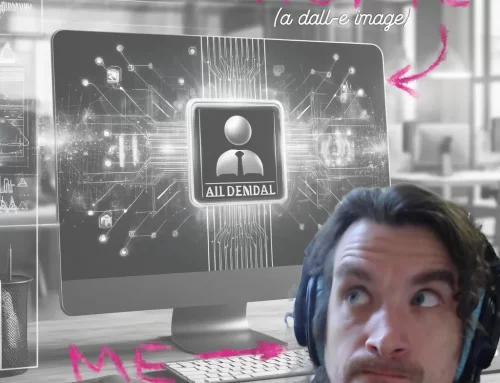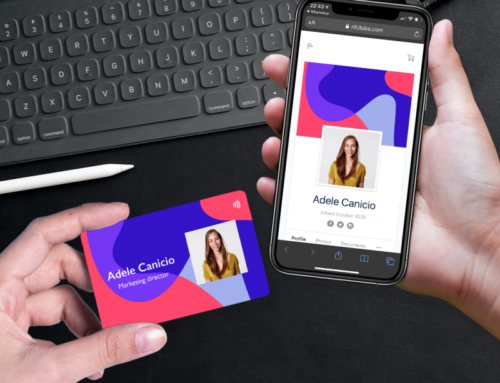One of the most popular uses of Photo ID cards is for employees to register their arrival and departure times at work, commonly known as “Time and Attendance”. It is very common for companies to install time clocks at the main entrances so that staff members can easily scan their cards on their way in and out of the building. These clocks then communicate the times of hourly employees with the payroll system, and other HR systems, for work tracking purposes.
There are several different methods by which employees can unequivocally identify themselves using auto-ID technologies, including biometrics (fingerprint, eye-scan, hand-geometry, etc.) and PIN codes. However, the most common and easiest to implement is the use of ID cards which carry a unique identifier associated with the employee.
Cards can encode that unique ID in several ways: barcodes are very common, but also used extensively are mag stripe and RFID (“prox”) technologies. All function essentially the same way: they allow the badge, when scanned, to identify with certainty the employee who carries the card. Many time clocks are available on the market, and most of them are designed for one specific technology. There are however a number of time clocks which support several technologies, or even multiple technologies simultaneously. For example, some time clocks allow the use of “two-factor authentication” with both a card and a PIN, or a card and a finger print. One very common brand of time clocks are those made by Kronos. Time clocks such as those by Kronos then interface to many different software services for tallying hours worked.
It is most common for the cards to be generic blank white cards, generally with only a unique number printed in small characters on the card. This makes it very difficult to differentiate one employee’s card from another, leading to the possibility of a mix-up between employees’ cards. Much more secure, and efficient, is to print the employee’s name and photo on the card so that each badge is unambiguously associated with a single staff member.
Another very important reason for printing photo identification on the Time and Attendance cards is to diminish or prevent “buddy punching”. This is a common mis-use of time clocks, whereby one employee scans his own card, as well as that of his “buddy”, to prevent the company learning that the buddy was late, or absent, or actually left the job early. When a photo is present on the card, it is much riskier for a card to be used by someone other than the badge’s actual owner.
Another common explanation that we hear regularly for the use photos on Time and Attendance cards is to reduce the number of cards each worker is expected to carry. It is not uncommon for companies to ask their staff members to carry multiple cards for different purposes: one for accessing buildings (opening doors), another for identification to security and front desk staff (“flash pass”), and yet another for clocking in and out (time and attendance). But rather than having three different cards, a well-thought-out ID card strategy can integrate all three in one single badge. The same technology which is used for access control can be implemented in the time clocks, and those cards can be printed with the ID card data, allowing one single badge to replace three or more cards.
Reducing the number of cards also reduces the support required of IT and security staff since plastic wallet cards are often lost, forgotten, or stolen. Each time this happens, strict procedures must be followed to replace the card and ensure the lost card is de-commissioned to prevent mis-use. By reducing the number of cards in use, aside from reducing the direct operating costs for producing cards, companies also see a significant reduction in the cost of support.
It is therefore considered an industry “best-practice” to print Time and Attendance cards with personal identifying information, including name, title, and photo at a minimum, in order to enhance security and reduce operating costs.



